Top speed 300 km/h Length 16 m First flight 1941 | Wingspan 24 m Introduced 1941 | |
 | ||
The Gotha Go 242 was a transport glider used by the Luftwaffe during World War II. It was an upgrade over the DFS 230 in both cargo/troop capacity and flight characteristics. Though it saw limited action, it appeared in multiple variants.
Contents
- 1 72 italaerei italeri gotha go 242 244 with kubelwagon kit 111
- Development
- Operational history
- Surviving aircraft
- Variants
- Specifications Go 242B 3
- References
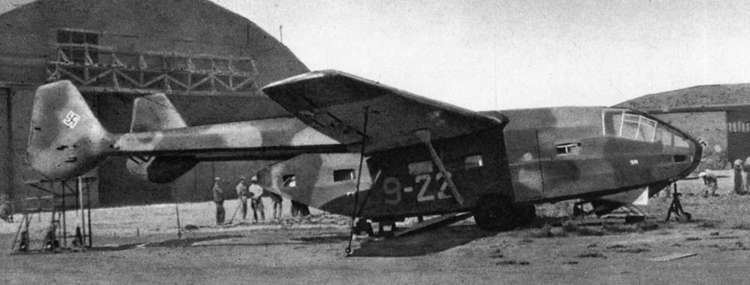
1 72 italaerei italeri gotha go 242 244 with kubelwagon kit 111
Development
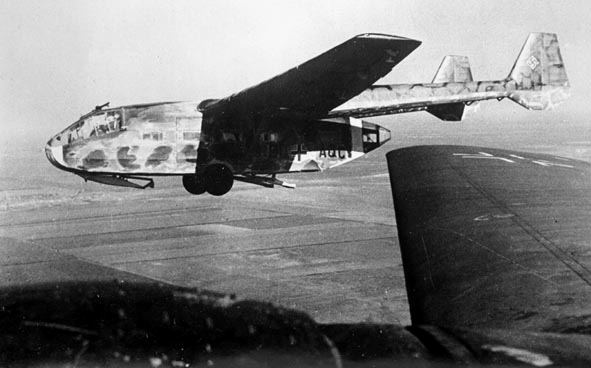
The Go 242 was designed by Albert Kalkert in response to a Reichsluftfahrtministerium (RLM) requirement for a heavy Transport glider to replace the DFS 230 then in service. The requirement was for a glider capable of carrying 20 fully laden troops or the equivalent cargo.
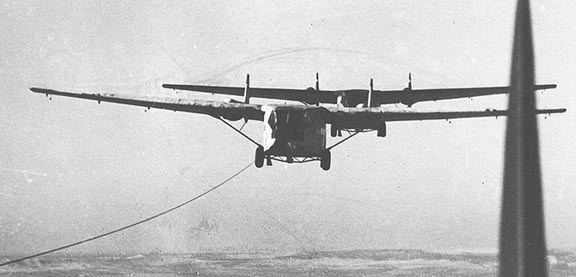
The aircraft was a high-wing monoplane with a simple square-section fuselage ending in clamshell doors used to load cargo. The empennage was mounted on twin booms linked by a tailplane. The fuselage was formed of steel tubing covered with doped fabric. The flight characteristics of the design were better than those of the DFS 230.

Cargo versions of the glider featured a hinged rear fuselage loading ramp that could accommodate a small vehicle such as a Kübelwagen or loads of similar size and weight.
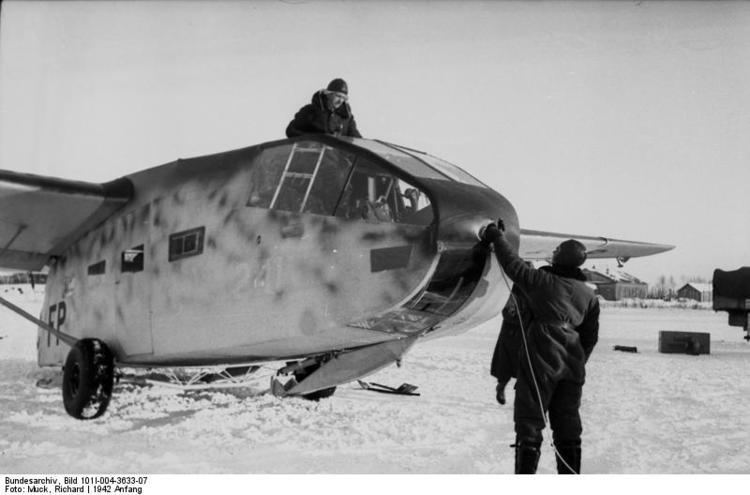
The glider was tested with rockets for overloaded take offs, a rack of four 48 kg (106 lb) Rheinmetall 109-502 rockets mounted on the rear of the cargo compartment. A second rocket called the "R Device" was also used with the glider - it was a liquid-fuel Hellmuth Walter KG R I-203 (HWK 109-500A) Starthilfe monopropellant, RATO podded rocket engine which was mounted beneath the wing on either side of the body and was jettisoned after takeoff, parachuting down to be recycled.
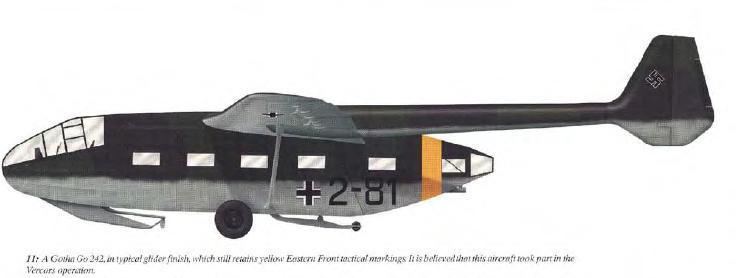
Two prototypes flew in 1941 and the type quickly entered production. A total of 1,528 were built, 133 of which were converted to the Go 244, with two 500 kW (700 hp) Gnome-Rhone engines fitted to forward extensions of the tail booms.
Operational history
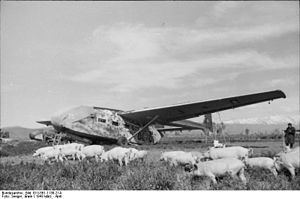
In service, Go 242s were towed into the air by Heinkel He 111s or Junkers Ju 52s, and were occasionally fitted with RATO equipment. Most saw service in the Mediterranean, North Africa and Aegean. Ju 87D-2s had strengthened rear fuselage and combined tailwheel and hook for towing the Go 242.

A few gliders, the Go 242 C-1 variant, were constructed with a flying boat-style hull allowing water landings. It was proposed that some carry a small catamaran assault boat with a 1,200 kg (2,600 lb) explosive charge suspended between its hulls. The proposed mission profile was for the pilot to land near an enemy ship and transfer to the assault boat, setting off at high speed for the enemy ship and locking the controls before bailing out.
Surviving aircraft
Variants
Specifications (Go 242B-3)
Data from
General characteristics
Performance
Armament
4 × 7.92 mm (.312 in) MG 15 machine guns
